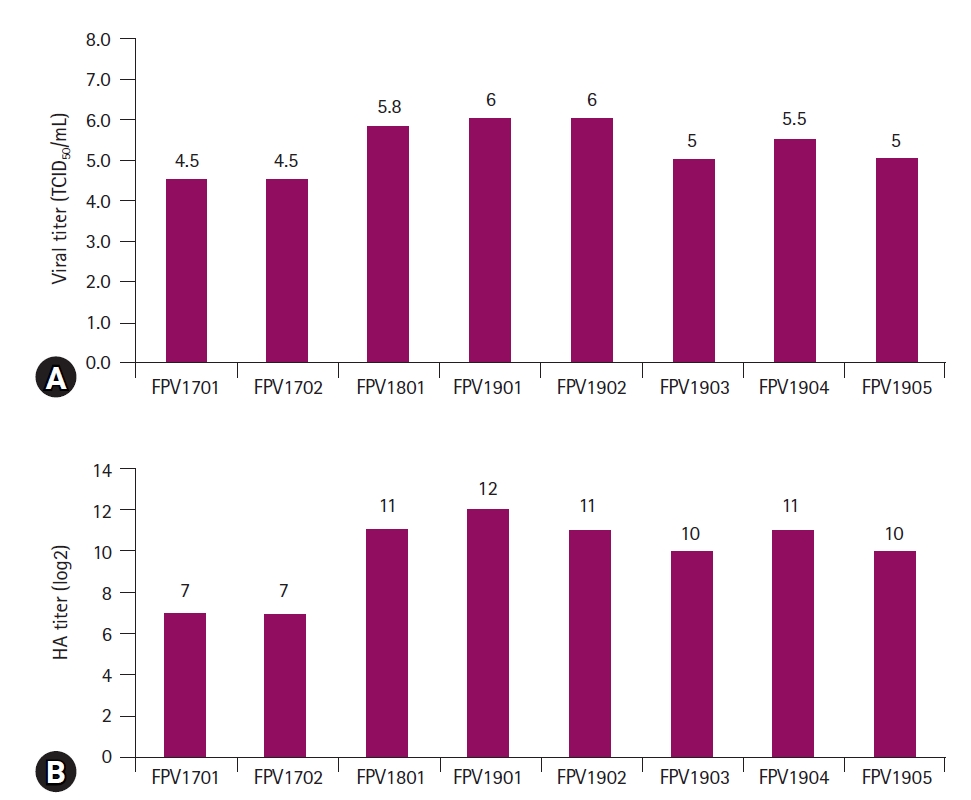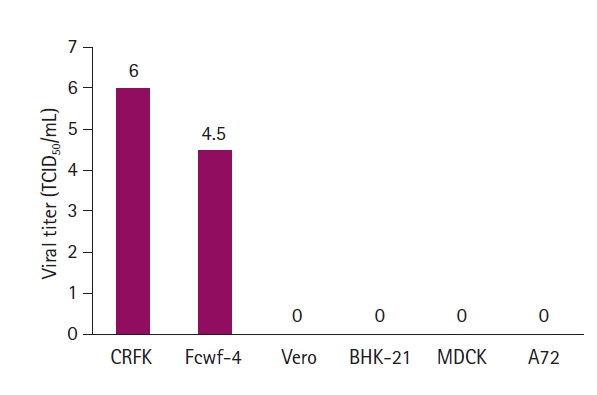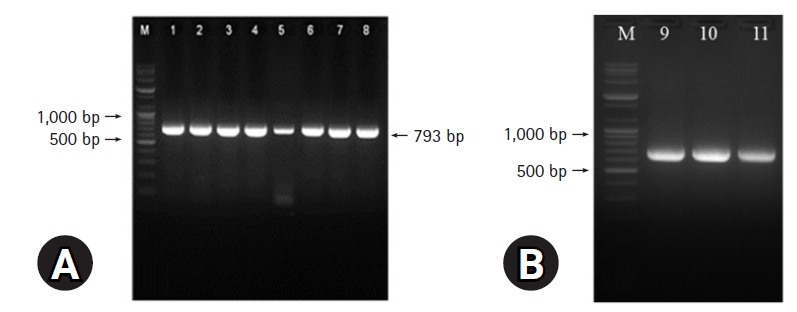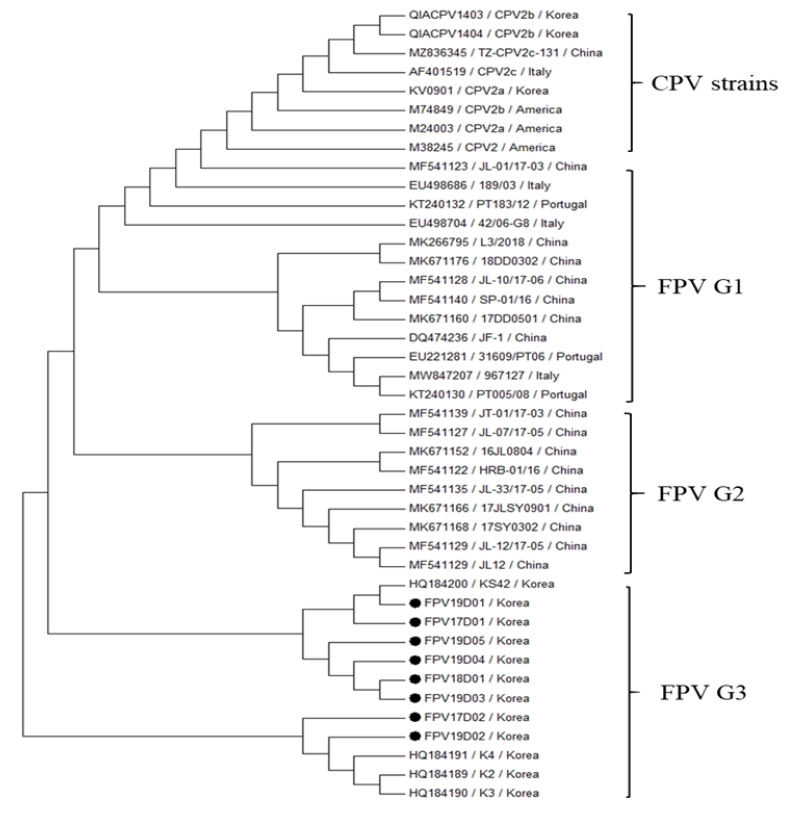2. Wang X, Zhang J, Huo S, Zhang Y, Wu F, Cui D, Yu H, Zhong F. Development of a monoclonal antibody against canine parvovirus NS1 protein and investigation of NS1 dynamics and localization in CPV-infected cells. Protein Expr Purif 2020;174:105682.


3. Saxena L, Kumar GR, Saxena S, Chaturvedi U, Sahoo AP, Singh LV, Santra L, Palia SK, Desai GS, Tiwari AK. Apoptosis induced by NS1 gene of Canine Parvovirus-2 is caspase dependent and p53 independent. Virus Res 2013;173:426-430.


4. Wang D, Yuan W, Davis I, Parrish CR. Nonstructural protein-2 and the replication of canine parvovirus. Virology 1998;240:273-281.


7. Su WJ, Shen WD, Li B, Wu Y, Gao G, Wang WB. A novel way to purify recombinant baculoviruses by using bacmid. Biosci Rep 2009;29:71-75.


9. Yang S, Wang S, Feng H, Zeng L, Xia Z, Zhang R, Zou X, Wang C, Liu Q, Xia X. Isolation and characterization of feline panleukopenia virus from a diarrheic monkey. Vet Microbiol 2010;143:155-159.


12. Yang DK, Park Y, Park YR, Yoo JY, An S, Park J, Hyun BH. Expression of the VP2 protein of feline panleukopenia virus in insect cells and use thereof in a hemagglutination inhibition assay. Korean J Vet Res 2021;61:e19.

13. Abd-Eldaim M, Beall MJ, Kennedy MA. Detection of feline panleukopenia virus using a commercial ELISA for canine parvovirus. Vet Ther 2009;10:E1-E6.
14. An DJ, Jeong W, Jeoung HY, Yoon SH, Kim HJ, Park JY, Park BK. Phylogenetic analysis of feline panleukopenia virus (FPLV) strains in Korean cats. Res Vet Sci 2011;90:163-167.


16. Stuetzer B, Hartmann K. Feline parvovirus infection and associated diseases. Vet J 2014;201:150-155.


17. Yang DK, Park YR, You JY, Choi SS, Park Y, An S, Park J, Kim HJ, Kim J, Kim HH, Hyun BH. Biological and molecular characterization of feline caliciviruses isolated from cats in South Korea. Korean J Vet Res 2020;60:195-202.

20. Jaune FW, Taques I, Dos Santos Costa J, Araújo JP Jr, Catroxo MHB, Nakazato L, de Aguiar DM. Isolation and genome characterization of canine parvovirus type 2c in Brazil. Braz J Microbiol 2019;50:329-333.


22. Decaro N, Desario C, Miccolupo A, Campolo M, Parisi A, Martella V, Amorisco F, Lucente MS, Lavazza A, Buonavoglia C. Genetic analysis of feline panleukopenia viruses from cats with gastroenteritis. J Gen Virol 2008;89(Pt 9):2290-2298.



















 PDF Links
PDF Links PubReader
PubReader ePub Link
ePub Link Full text via DOI
Full text via DOI Download Citation
Download Citation Print
Print



